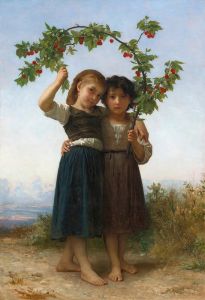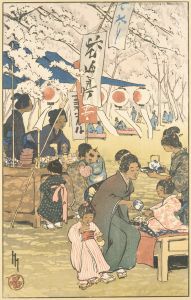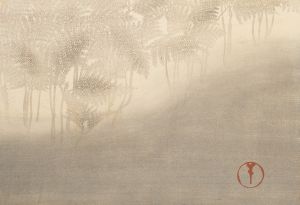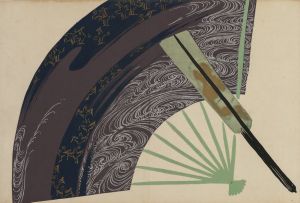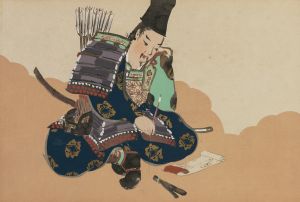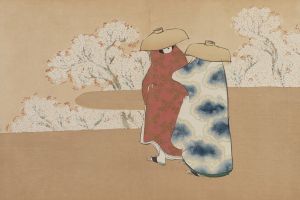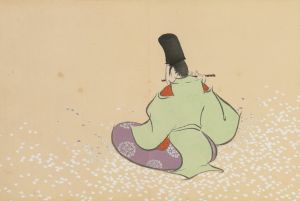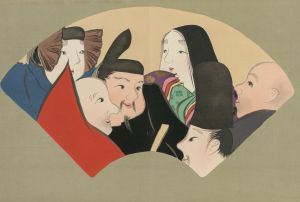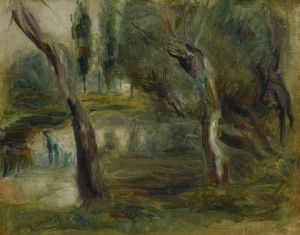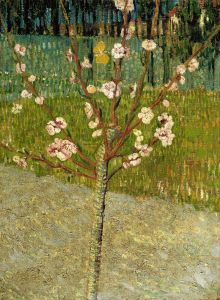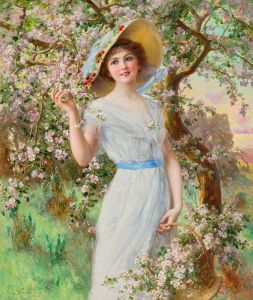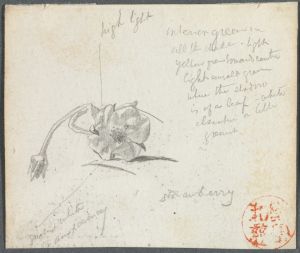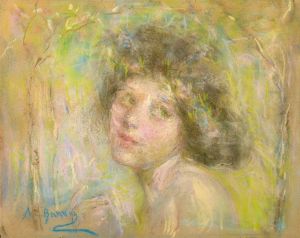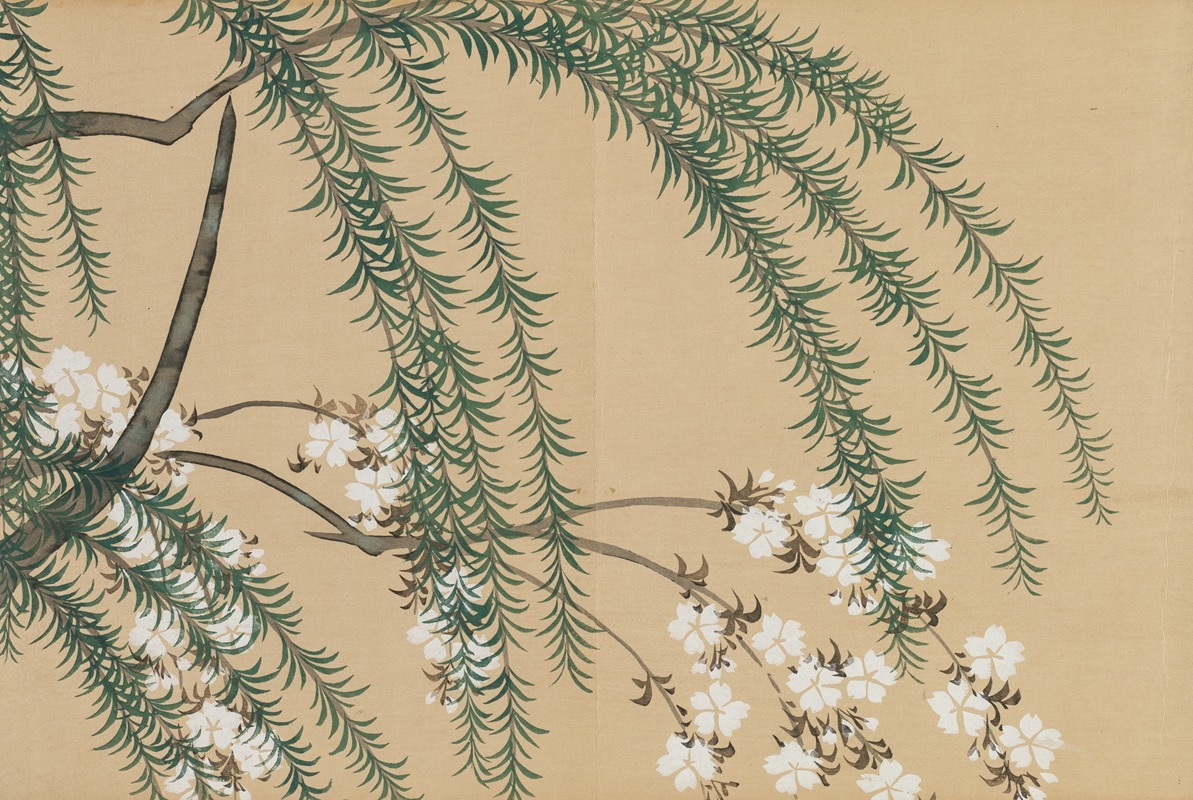
Willow and Cherry
A hand-painted replica of Kamisaka Sekka’s masterpiece Willow and Cherry, meticulously crafted by professional artists to capture the true essence of the original. Each piece is created with museum-quality canvas and rare mineral pigments, carefully painted by experienced artists with delicate brushstrokes and rich, layered colors to perfectly recreate the texture of the original artwork. Unlike machine-printed reproductions, this hand-painted version brings the painting to life, infused with the artist’s emotions and skill in every stroke. Whether for personal collection or home decoration, it instantly elevates the artistic atmosphere of any space.
"Willow and Cherry" is a renowned artwork by Kamisaka Sekka, a prominent Japanese artist and designer of the early 20th century. Born in 1866 in Kyoto, Sekka is often celebrated as a key figure in the development of the Rinpa school of painting, which is known for its vibrant colors, bold compositions, and incorporation of natural themes.
Kamisaka Sekka's "Willow and Cherry" exemplifies the Rinpa style through its elegant depiction of nature. The painting features a harmonious blend of willow trees and cherry blossoms, two iconic symbols in Japanese culture. The willow tree, with its long, flowing branches, often represents grace and resilience, while the cherry blossom, known as "sakura," symbolizes the transient beauty of life, as its delicate flowers bloom briefly each spring.
Sekka's technique in "Willow and Cherry" showcases his mastery of traditional Japanese painting methods, combined with his innovative approach to design. He employed a combination of ink and color on silk, a common medium for Japanese artists, which allowed for a delicate yet vivid portrayal of the natural elements. The composition is carefully balanced, with the sweeping lines of the willow branches contrasting with the soft, rounded forms of the cherry blossoms.
The influence of the Rinpa school is evident in Sekka's use of bold, flat areas of color and his emphasis on decorative patterns. This style can be traced back to the early 17th century, with artists like Hon'ami Kōetsu and Tawaraya Sōtatsu, who laid the foundation for the Rinpa aesthetic. Later, Ogata Kōrin and his brother Ogata Kenzan further developed the style, which Sekka would eventually inherit and reinterpret in his own work.
In addition to his contributions to painting, Kamisaka Sekka was also a prolific designer, creating works in various media, including textiles, ceramics, and lacquerware. His designs often featured motifs from nature, reflecting his deep appreciation for the natural world and his ability to translate its beauty into different artistic forms.
"Willow and Cherry" is not only a testament to Sekka's skill as an artist but also a reflection of the broader cultural and artistic movements of his time. The Meiji period (1868-1912), during which Sekka created much of his work, was a time of significant change in Japan, as the country opened up to Western influences and underwent rapid modernization. Despite these changes, Sekka remained deeply rooted in traditional Japanese aesthetics, while also embracing new ideas and techniques.
Today, Kamisaka Sekka's works, including "Willow and Cherry," are highly regarded and continue to be celebrated for their beauty and craftsmanship. They are often displayed in museums and collections around the world, serving as a bridge between Japan's rich artistic heritage and its modern cultural identity.





